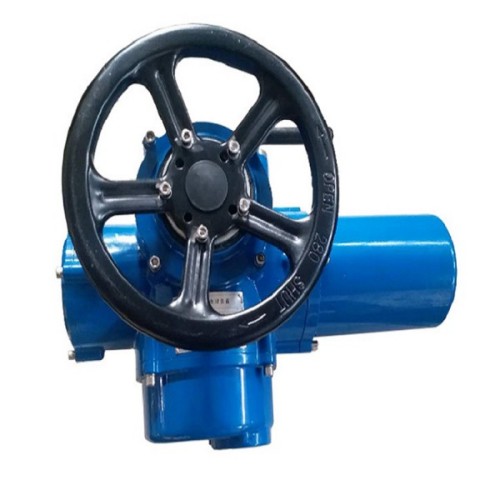lug and wafer type butterfly valve
Understanding Lug and Wafer Type Butterfly Valves
Butterfly valves are crucial components in the regulation of flow in various industrial applications. They come in various designs, with two of the most common types being the lug type and wafer type butterfly valves. Each design has its unique characteristics, advantages, and applications.
The Basics of Butterfly Valves
A butterfly valve consists of a circular disc or a plate that rotates around a central axis. When the valve is fully opened, the disc is parallel to the flow of the fluid, allowing an unobstructed passage. Conversely, when closed, the disc rotates to a position that blocks the flow. The simplicity of the design enables quick opening and closing, making it ideal for applications where rapid flow control is essential.
Lug Type Butterfly Valves
Lug type butterfly valves come with threaded lugs or holes on the body of the valve. These lugs allow for the bolt connection of the valve to the adjacent piping flanges. This design is especially advantageous when the valve is located between two flanges in a piping system, as it can be removed without disturbing the entire pipeline. This feature is beneficial for maintenance and repair tasks, allowing for a faster and more efficient process.
Lug type valves can typically handle higher pressures, making them suitable for various applications, including water distribution, chemical processing, and HVAC systems. They are available in various materials, including ductile iron, stainless steel, and plastic, making them versatile and suitable for a wide range of environments.
Wafer Type Butterfly Valves
lug and wafer type butterfly valve

On the other hand, wafer type butterfly valves are designed to fit between two flanges in a piping system. Unlike the lug type, wafer valves do not have lugs or threaded holes. Instead, they rely on the compression of the flange bolts to hold the valve in place. This design makes wafer valves lighter and more compact than lug type valves, allowing for easier installation in confined spaces.
Wafer type valves are advantageous in applications where weight and space-saving are a priority. They are often used in applications such as water treatment, food processing, and pneumatic systems. However, they are generally not recommended for high-pressure applications because they rely heavily on the integrity of the flange connections for sealing.
Key Differences
The primary difference between lug and wafer butterfly valves lies in their design and installation method. Lug valves provide the flexibility of being installed in-line, meaning they can be serviced independently of the pipeline. In contrast, wafer valves are integrated into the piping system and require the entire assembly to be disassembled for maintenance.
Cost can also be a factor when choosing between the two. Generally, wafer type butterfly valves are less expensive than lug type valves, but the cost may vary based on material and specifications.
Conclusion
The choice between lug and wafer type butterfly valves largely depends on the specific requirements of the application, including pressure ratings, space constraints, and maintenance accessibility. Understanding the distinctions and unique traits of each type will aid engineers and decision-makers in selecting the appropriate valve for their systems. When properly implemented, both lug and wafer type butterfly valves demonstrate reliable performance and efficiency in managing fluid dynamics across a range of industries. Whether it's for a water distribution system or a chemical processing plant, each valve plays a significant role in ensuring smooth and reliable operations.
-
The Key to Fluid Control: Exploring the Advantages of Ball Valves in Industrial SystemsNewsJul.09,2025
-
The Versatile World of 1, 2, and 3 Piece Ball ValvesNewsJul.09,2025
-
Stainless Steel Ball Valves: The Ideal Choice for Efficient Flow ControlNewsJul.09,2025
-
Optimizing Fluid Control with Ball Float ValvesNewsJul.09,2025
-
Manual Gate Valves: Essential for Control and EfficiencyNewsJul.09,2025
-
Everything You Need to Know About Butterfly ValvesNewsJul.09,2025
-
The Versatility of Wafer Type Butterfly ValvesNewsJul.08,2025




